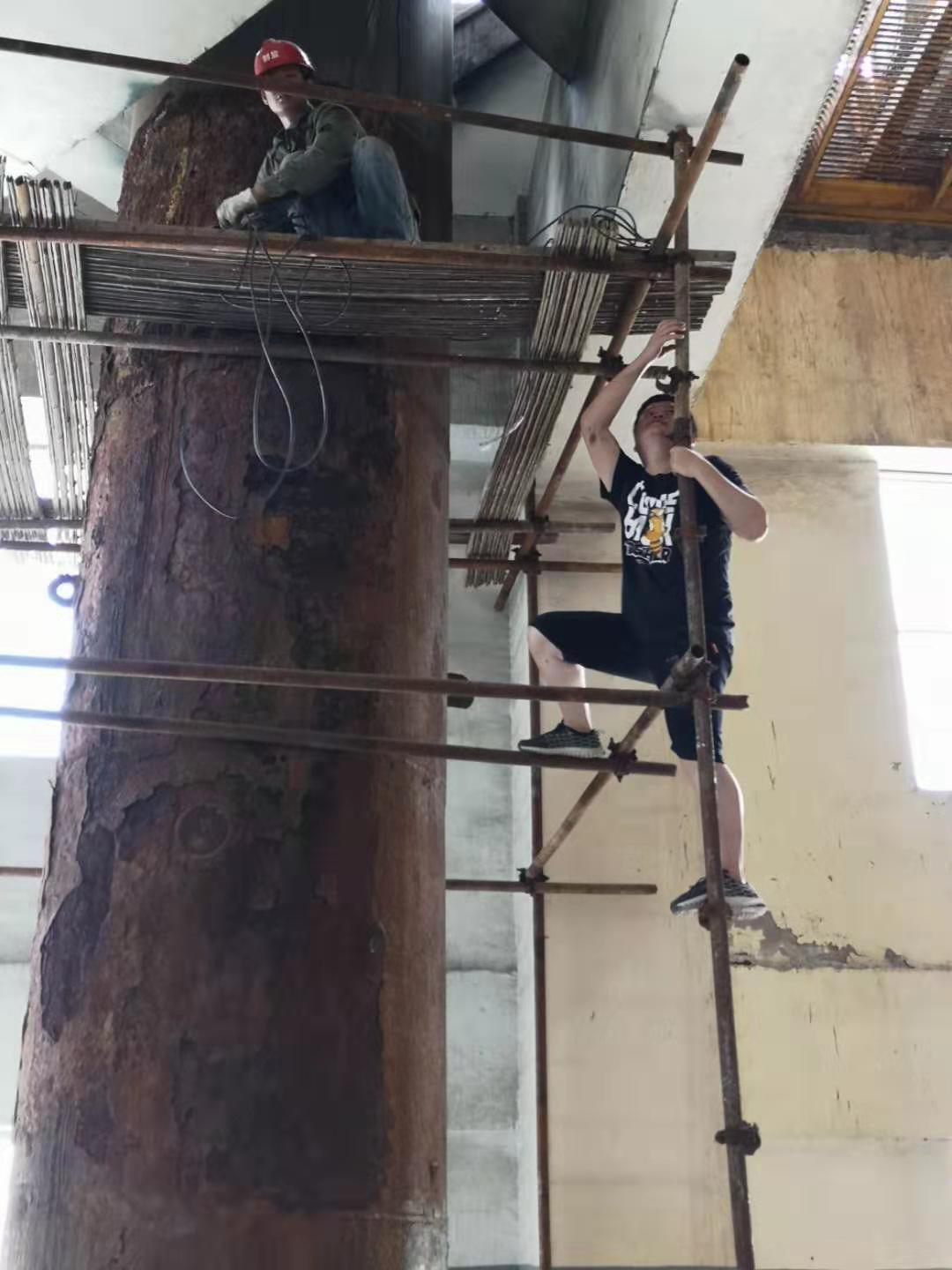When The ultrasonic Flowmeter Is Installed, The Pipeline Is Old, The Inner Wall of The Pipeline Is Seriously Scaled, And The Signal Is Not Received or The Signal Is Too Weak When Measuring.
1. Check whether the pipe is full of fluid.
2. The Z method should be used to install the sensor (if the pipe is too close to the wall, the sensor can be installed on the diameter of the pipe with a tilt Angle, rather than on the horizontal pipe diameter);
3. Carefully select the dense part of the pipeline and fully polish it, apply sufficient lotus mixture to install the ultrasonic flowmeter sensor;
4. Carefully move each sensor slowly near the installation point to find the maximum signal point to prevent the installation point that can receive strong signals from being missed due to scaling on the inner wall of the pipeline or due to local deformation of the pipeline that causes the ultrasonic beam to reflect the expected area;
5. For metal pipes with serious scaling on the inner wall, the method of striking can be used to make the scaling part fall off or crack (note: this method sometimes does not help the ultrasonic transmission because of the gap between the scaling and the inner wall).

 沪公网安备31011502401909
沪公网安备31011502401909